Heat Tolerance of Barberry Plants
Tim
10 years ago
Related Stories

GARDENING GUIDES10 Cold- and Heat-Tolerant Perennials and Shrubs for the Arid West
These flowering native plants shrug off the cold of winter and heat of summer while adding beauty to the drought-tolerant landscape
Full Story
GARDENING GUIDES10 Drought-Tolerant Shrubs That Thrive in Full Sun and Reflected Heat
Got a hot spot in your garden where plants often die? Try these tough shrubs that add beauty while shrugging off the heat
Full Story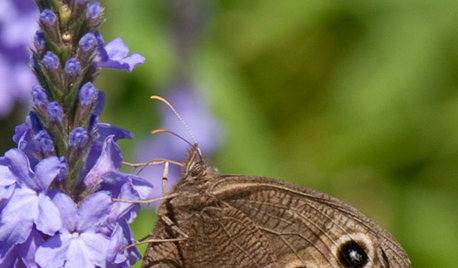
GARDENING GUIDESGreat Design Plant: Verbena Stricta Tolerates Tough Spots
With its subtle beauty and long-lasting flowers, this pollinator pleaser is a boon to wilder areas
Full Story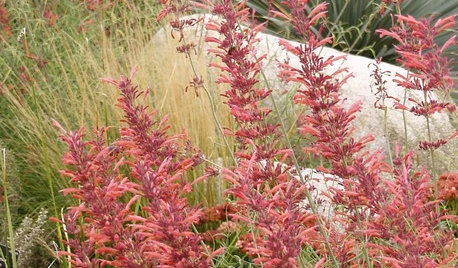
FLOWERS AND PLANTSAgastache Rupestris, a Heat-Loving Hummingbird Magnet
Threadleaf giant hyssop adds color and fragrance to late-summer and fall xeric gardens
Full Story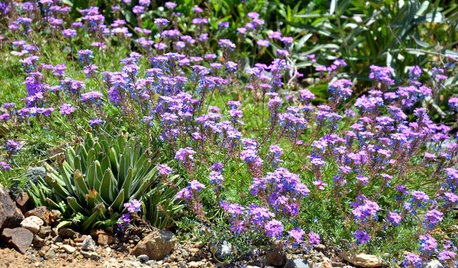
FLOWERS AND PLANTSGlandularia Pulchella Trails Color Through the Drought-Tolerant Garden
Masses of purple blossoms and finely textured foliage cover the ground of arid gardens from spring to fall
Full Story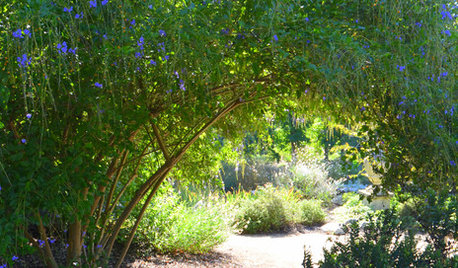
FLOWERS AND PLANTSHeat-Loving Duranta Erecta Blooms From Spring Into Early Fall
Golden dewdrops, a versatile tropical shrub, has delicate purple and white blossoms
Full Story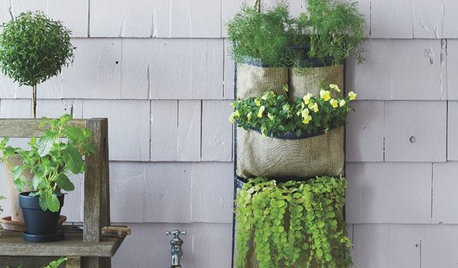
PRODUCT PICKSGuest Picks: How Do You Spell Urban Heat Relief?
Turn even a small balcony into a summer oasis with retreat-conjuring plants, furniture and accessories
Full Story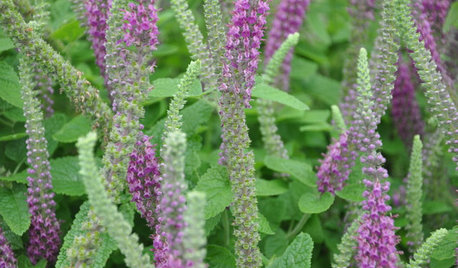
SUMMER GARDENINGGreat Design Plant: Iranian Wood Sage
Architecturally spiky yet soft in a breeze, this heat-tolerant plant brings on the butterflies and gives gardens a delicious scent
Full Story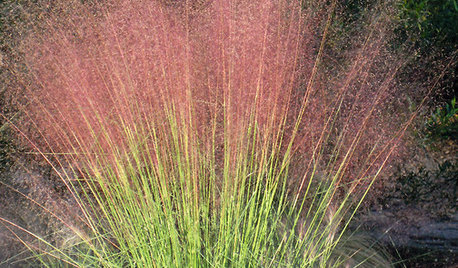
SUMMER GARDENINGGreat Design Plant: Pink Muhly Grass
Bring billowing clouds of pink to your yard with this heat-tolerant, sun-loving ornamental grass
Full Story
LANDSCAPE DESIGNFlood-Tolerant Native Trees for Soggy Soil
Swampy sites, floodplains, even standing water ... if you've got a soggy landscape, these trees are for you
Full StoryMore Discussions






brandon7 TN_zone7
TimOriginal Author
Related Professionals
Foothill Ranch Landscape Architects & Landscape Designers · Otsego Landscape Architects & Landscape Designers · Vernon Hills Landscape Architects & Landscape Designers · Bellefontaine Neighbors Landscape Contractors · Cornelius Landscape Contractors · Medford Landscape Contractors · Norwalk Landscape Contractors · Hawaiian Gardens Window Contractors · San Ramon Window Contractors · Conroe Driveway Installation & Maintenance · Grand Rapids Driveway Installation & Maintenance · Aberdeen Decks, Patios & Outdoor Enclosures · American Fork Decks, Patios & Outdoor Enclosures · Gastonia Decks, Patios & Outdoor Enclosures · Miami Decks, Patios & Outdoor Enclosuresbrandon7 TN_zone7
hortster
brandon7 TN_zone7
TimOriginal Author
brandon7 TN_zone7
whaas_5a
TimOriginal Author
hortster
brandon7 TN_zone7
TimOriginal Author